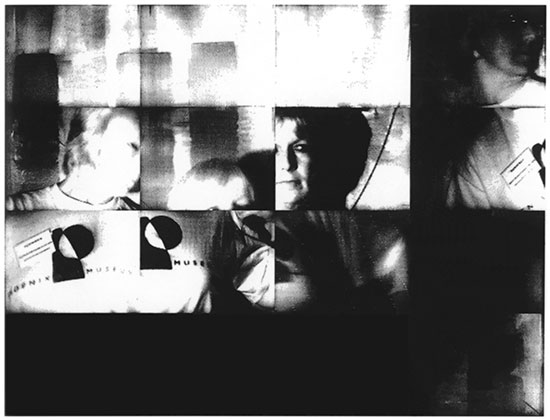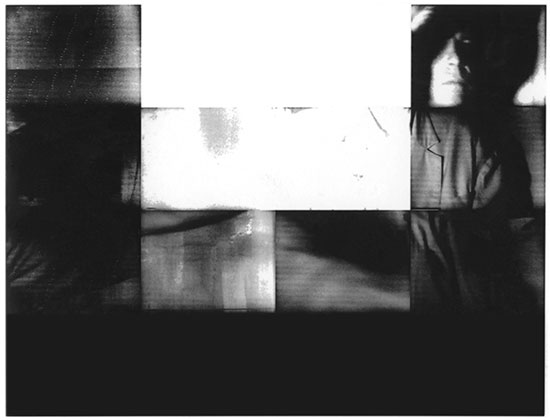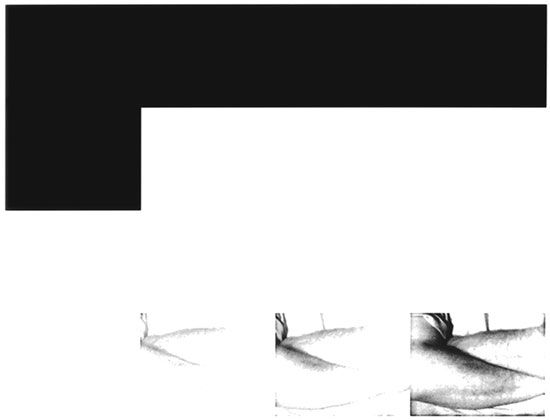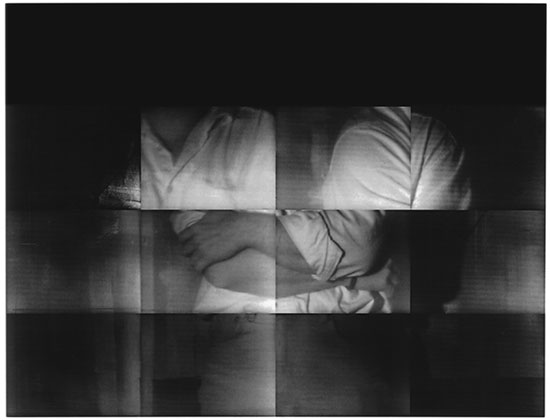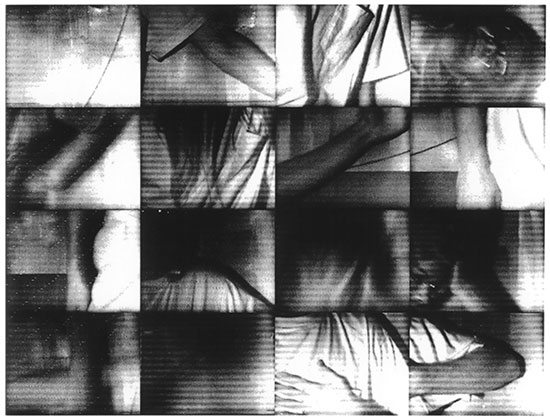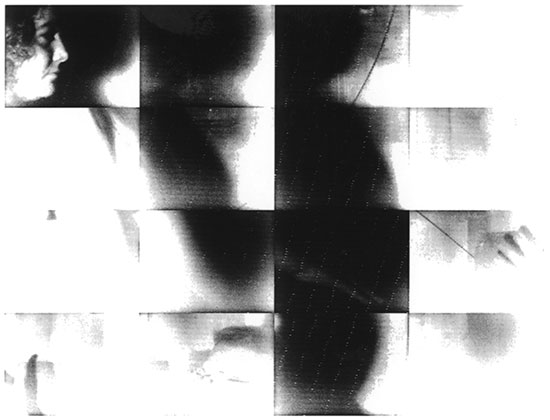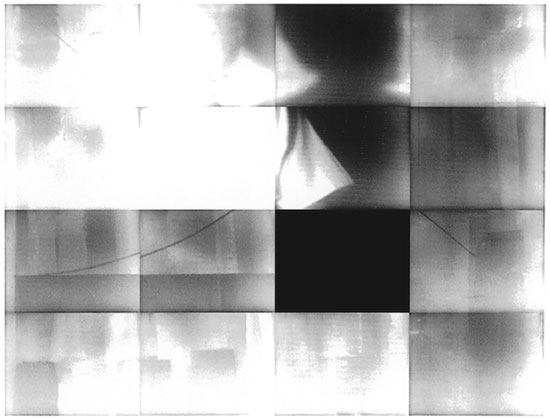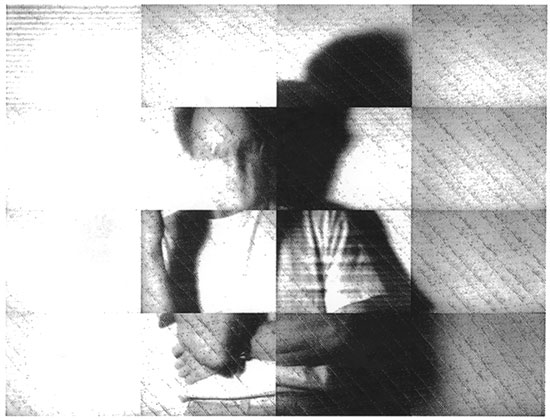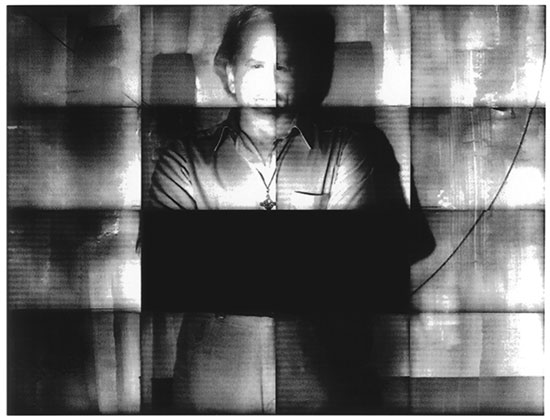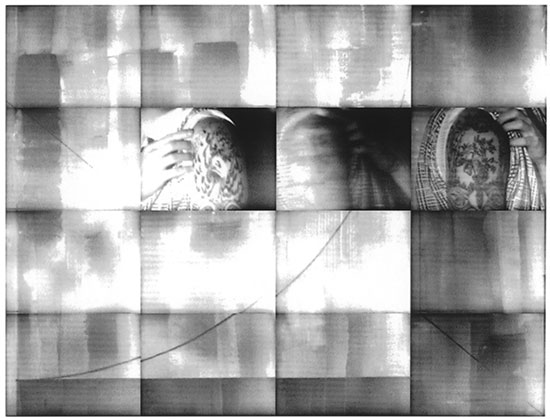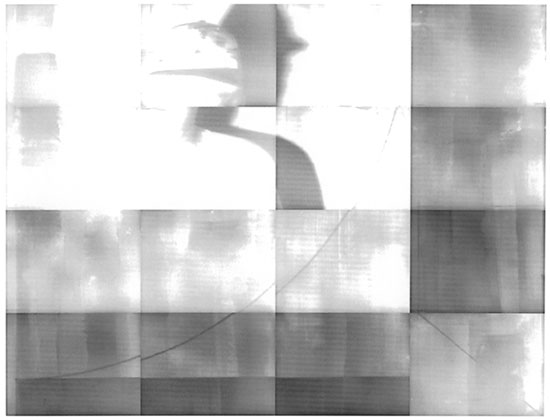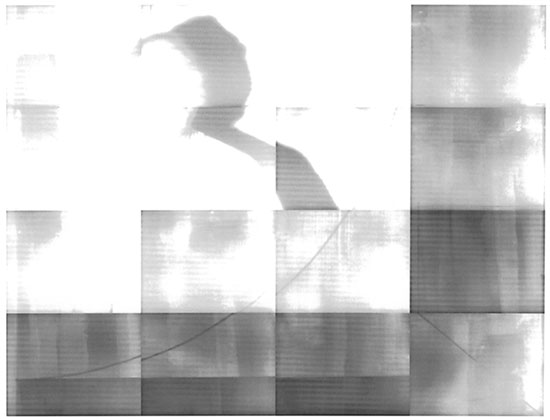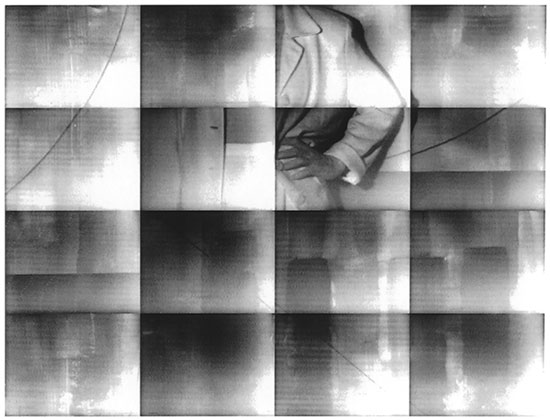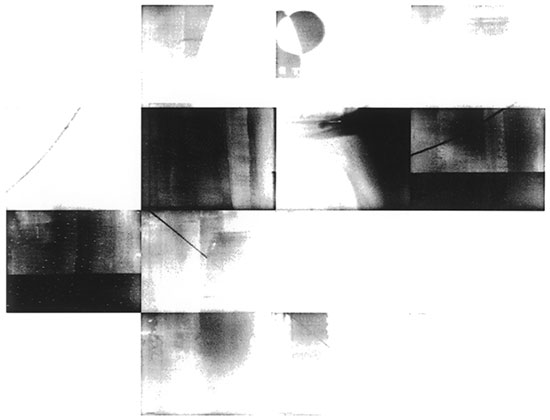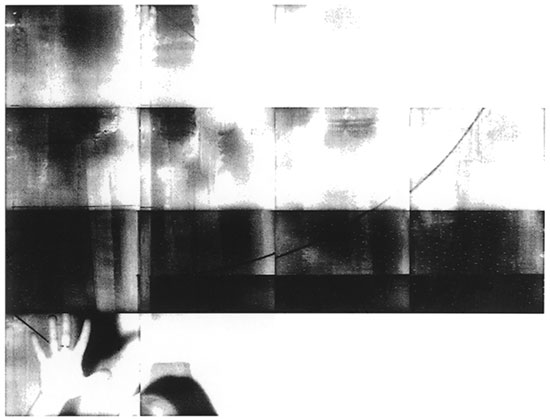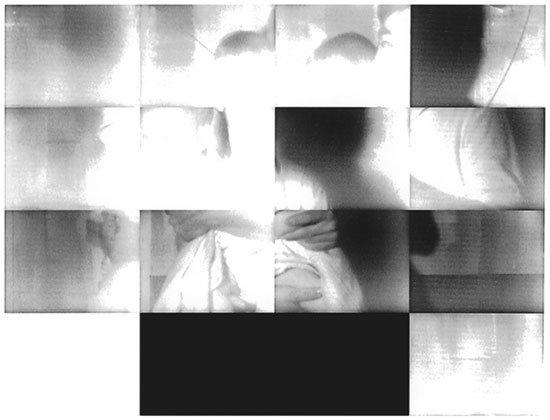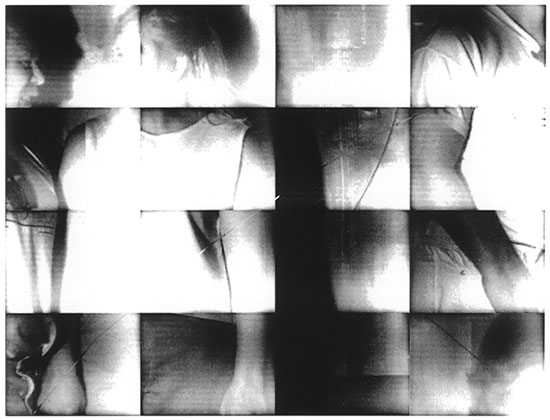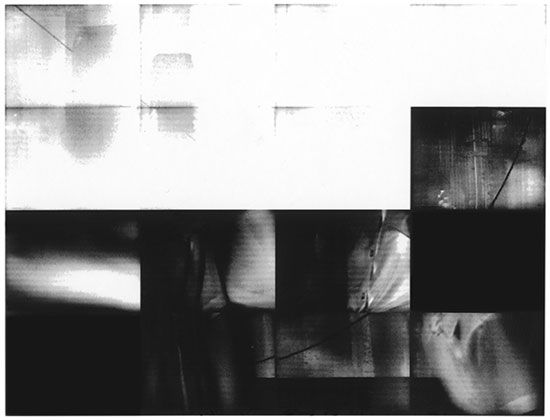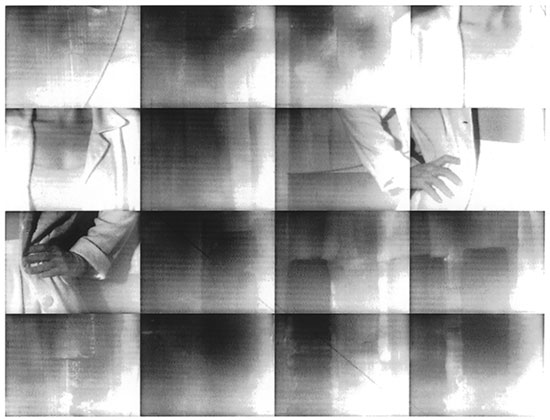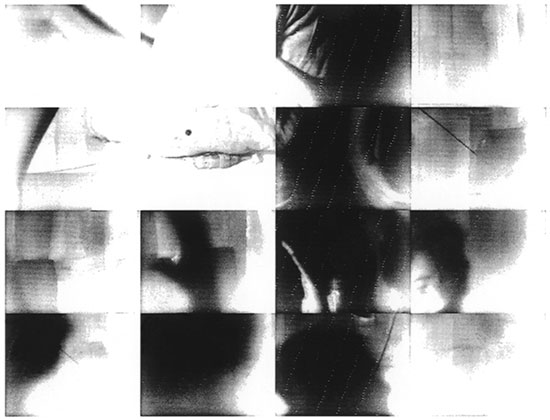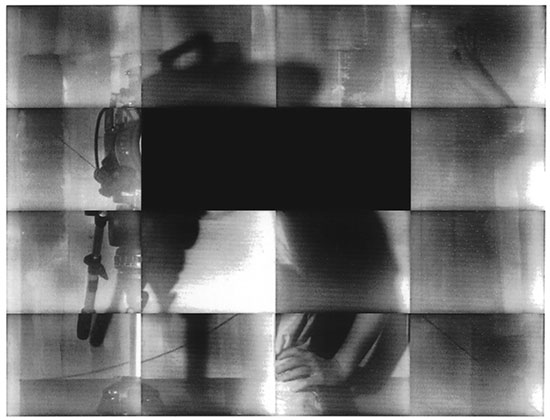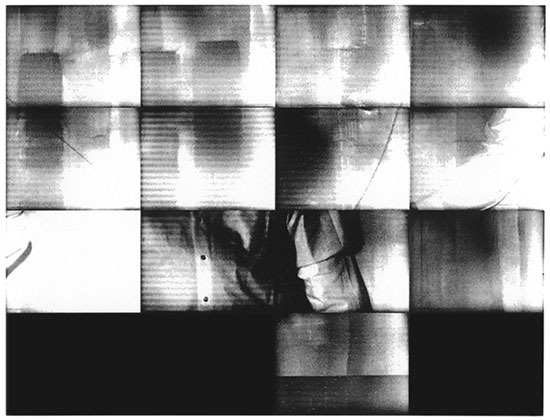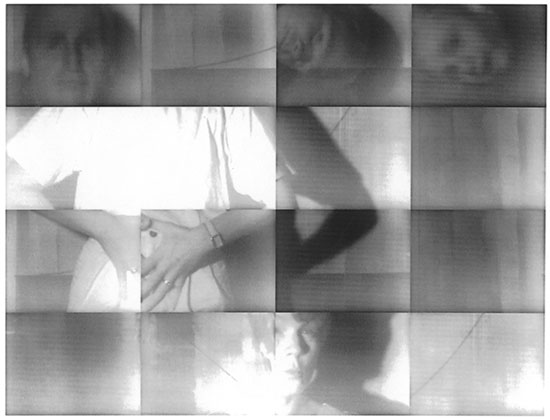BRIGHT FIELD
BRIGHT FIELD | 1996-2006 | VIEW STUDIES
FOR BRIGHT FIELD OBSERVATION | STAN TAFT AND JOHN ZISSOVICI | PHOENIX ART MUSEUM 1996
The goal of this project is to create a context for reintegrating the “space” of electronic image production with our experience of its effect. The first step is to make visible the way a particular electronic imaging technology works by configuring its “system architecture” into a concrete manifestation of its space of production. The second is to utilize this technical set-up as an apparatus, which, by electronically altering its occupant’s perceptual abilities, enables the occupant to explore the spatial and temporal dimensions of the technology. For this we use Infrared Reflectography (an analytical technique commonly employed for the study of paintings). It reveals what is hidden beneath the surface by extending the eye’s reception of light into the infrared region of the electro-magnetic spectrum, thus expanding our perceptual range to now include what is otherwise invisible to the unaided eye.
The robot is programmed to repeatedly follow a path that allows the infra-red video camera to scan from left to right, and top to bottom, a brightly lit red field painted on a facing wall for drawings hidden under the red paint. Along the way it stops at sixteen precisely located positions, from which it sends a video image to be captured and stored in the memory bank of the printer. Cumulatively these sixteen images record the whole red field. When the printer has received sixteen images, it reassembles them into a four by four format, in the order sent, though mostly scrambled as the first image received might not be the one in the upper left hand corner, and prints them out as a single 4” x 5.5” glossy photographic print. Each print is an original, as the printer must clear its memory banks in order to make room for the next set of sixteen images. A new print is automatically produced every two minutes and fifty-three seconds, the combined time of the robotic scan and the printing cycle.
The temporal slippages, overlappings, blurrings, and cancellations that occur as each element of the set-up goes about its business, guarantee a reliable degree of unpredictability. As a result, of the nearly 2,000 images produced during the exhibition, that visitors were encouraged to take with them, the 400 that were left behind must have been considered ‘rejects’. Some images register only the most minimal human presence, a mere passing through this bright field of observation. Others record only their absence, and the mostly scrambled traces of the hidden drawing revealed by the infrared video camera.

